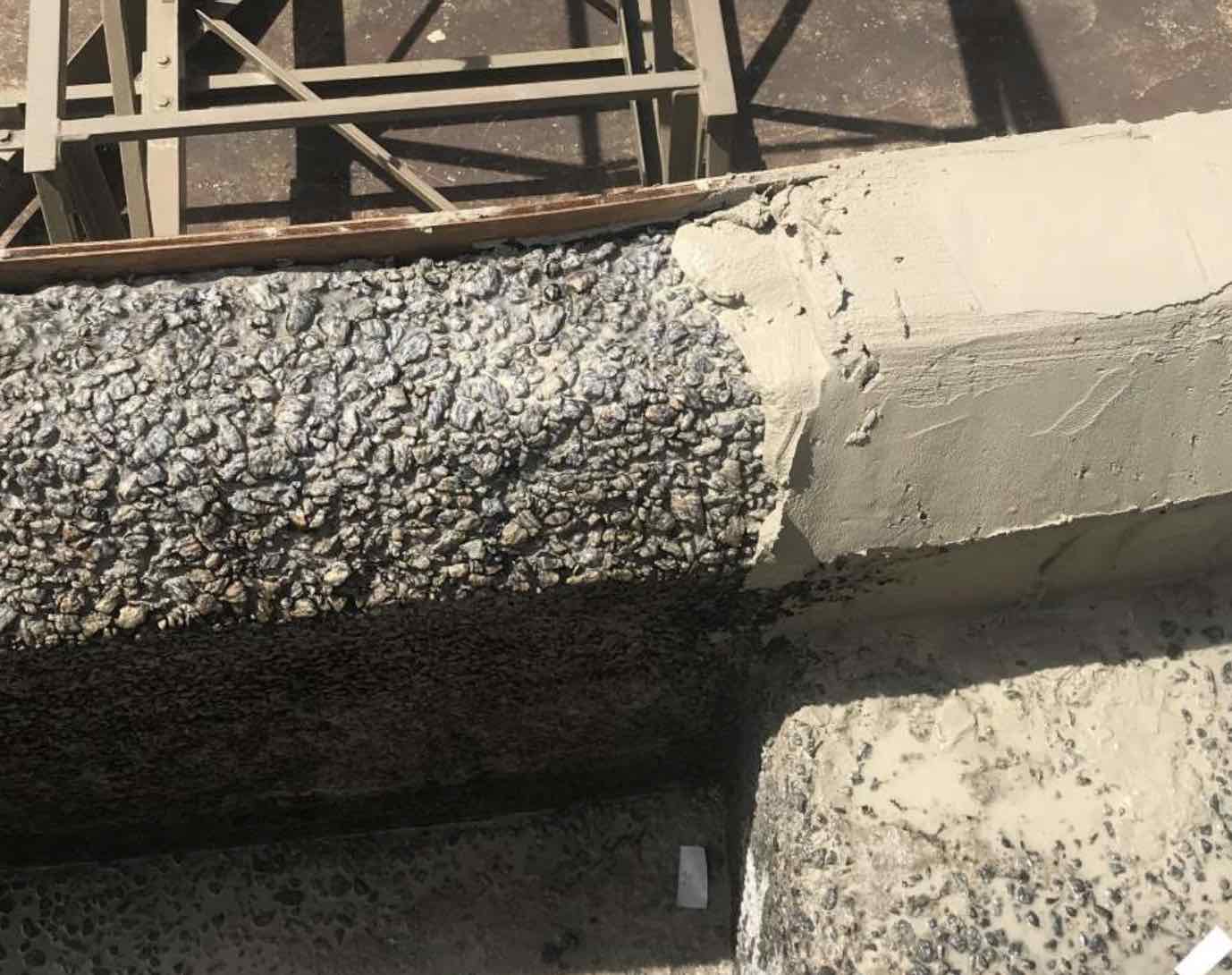
All Elastomeric wall coatings aren’t equal!
Elastomeric coatings are highly flexible and designed to be applied over vertical substrates, including brick, concrete block, stucco, and concrete.
- High Performance Coatings
All Elastomeric wall coatings aren’t equal!
Elastomeric coatings are thick, highly flexible and designed to be applied over vertical substrates, including brick, concrete block, plaster, stucco, poured concrete or stone. The permeability rate of these masonry coatings allow interior moisture vapor to pass through the coating film. This prevents build-up of pressure that, when coupled with recurring freeze-thaw cycles, can create cracks and fissures in the substrate, weakening it substantially over time. On the other hand, outside moisture cannot penetrate the water-repellent coating surface so it remains impervious to the threat of external weather conditions.

It is important to understand the different elastomeric coating types available prior to specifying which will protect your structure. Standard water-based elastomeric coatings are very permeable, sometimes as high as 35 perms and are less expensive, but also lower quality. These generic coating types provide less long term protection to your structure. Many coating firms, including Tnemec, manufacture 100% acrylic emulsion Elastomers or Elastomeric paint. To compare, these acrylic resins are just long chains lying on top of each other, not connected, which minimizes moisture resistance and color and gloss retention.

However, Tnemec’s Series 156, Enviro-Crete is a highly differentiated styrenated acrylate. This resin is a self-cross-linking micro-polymer. Enviro-Crete is silane tipped on each end of every acrylate polymer. These reactive groups provide a cross-linked or tighter film giving it superior moisture and UV resistance. Enviro-Crete also contains inert hollow beads that are only 1/8th of the weight of conventional pigments. This prevents the formulation from requiring additional anti-sag additives to achieve great film build per coat. The beads improve hiding and UV resistance as light is reflected twice as it passes through. The beads also improve water resistance: as regular pigments absorb water, glass beads do not. Because of the minute size of the micro-polymers, Enviro-Crete can better penetrate into the pores and cracks of a substrate. It combines elasticity with adhesion, toughness, UV and water or moisture vapor resistance, which is a combination no other coating offers. Not only that, with the antimicrobial nature of acrylates, per ASTM D3273, the Series 156 resists mold and mildew growth keeping the coating much cleaner over its service life. All of these performance formulation differences equate to a version of elastomeric coatings that truly changes the game.
The raw material and manufacturing cost to include the benefits listed above gives Enviro-Crete a higher upfront cost (per gallon). However, utilizing these benefits over time actually gives the end-user a substantially lower life cycle cost.
Contact us today to learn more about reducing life cycle cost with superior performance.
Check out these other resources
High Performance Coatings VS Paint
Are High Performance Coatings Environmentally Friendly?
Don't miss these project profiles

Shielding Your Concrete Floors: Essential...
Discover how the right coatings can safeguard...

Spalling Concrete and How to Fix It
A spall within a concrete surface is defined as...

Unsightly efflorescence: What is it and how is it...
The visible collection of crystalline salt on the...